Although breathing is something that most people don’t think twice about, HOW you breath can be an important underlying factor in neck, arm and lower back pains…
A normal breathing pattern is driven by the diaphragm (the muscle that sits under your lungs).

With an ‘in’ breath the diaphragm should contract downwards, inflating the lungs. This filling of the lungs pushes the abdominal organs down leading to expansion of the abdomen. This is called a ‘diaphragmatic’ or ‘abdominal’ pattern of breathing.
The most common compensation for breathing at rest is chest breathing. Instead of the diaphragm expanding the lungs from below, the muscles of the neck and shoulders (such as the upper traps, scalenes and SCM) lift the ribcage up.
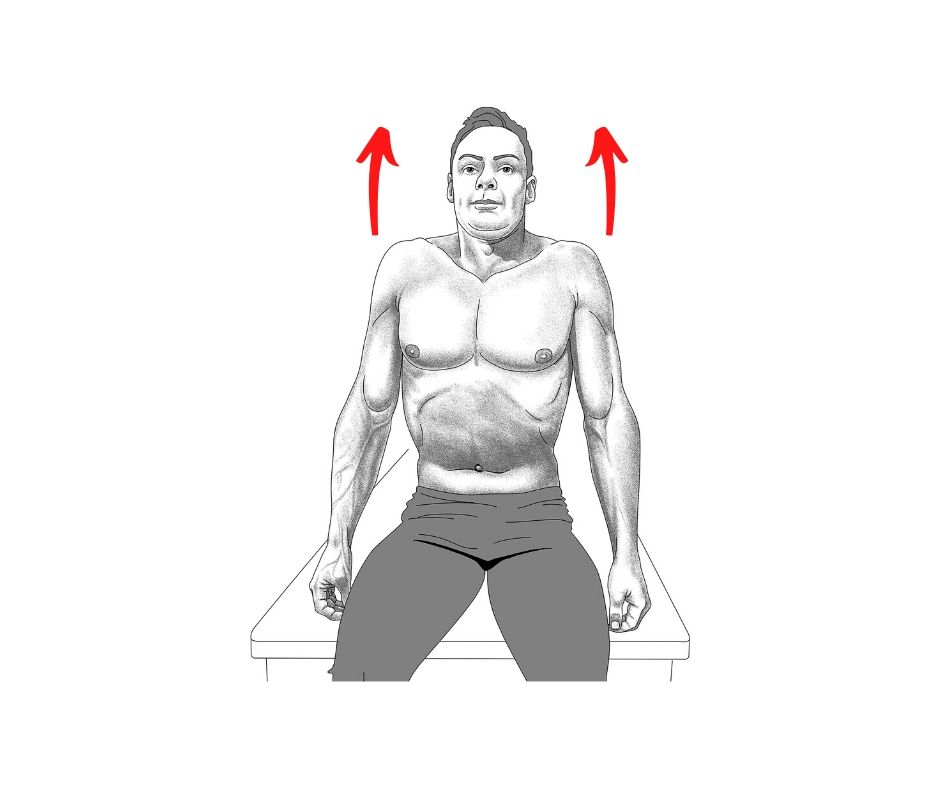
Breathing in this fashion overloads the muscles and joints of the neck, which can predispose to neck pain, headache and arm pain. Below you can see the typical referral patterns for the muscles involved in this compensated breathing pattern:
As well as being a primary breathing muscle the diaphragm is also an important stabilizing muscle of the core. Dysfunction in the diaphragm can lead to weakness of the core, predisposing to or exacerbating low back pain.
You can assess your basic breathing pattern quickly and easily with the following test:
Are you expanding your belly as you breath in or are your chest and shoulders lifting and your neck tightening?
If you find it difficult to breathe without tensing or lifting your chest and shoulders ‘Rainbow Breathing’ is a simple but effective exercise that can help to reset the normal pattern of breathing.
To perform:
This post was written by Steffen Toates. Steffen is a chiropractor at Dynamic Health Chiropractic in Jersey CI. For more information about Steffen click here.
© 2025 Dynamic Health. Powered by Oncord
Leave a Comment